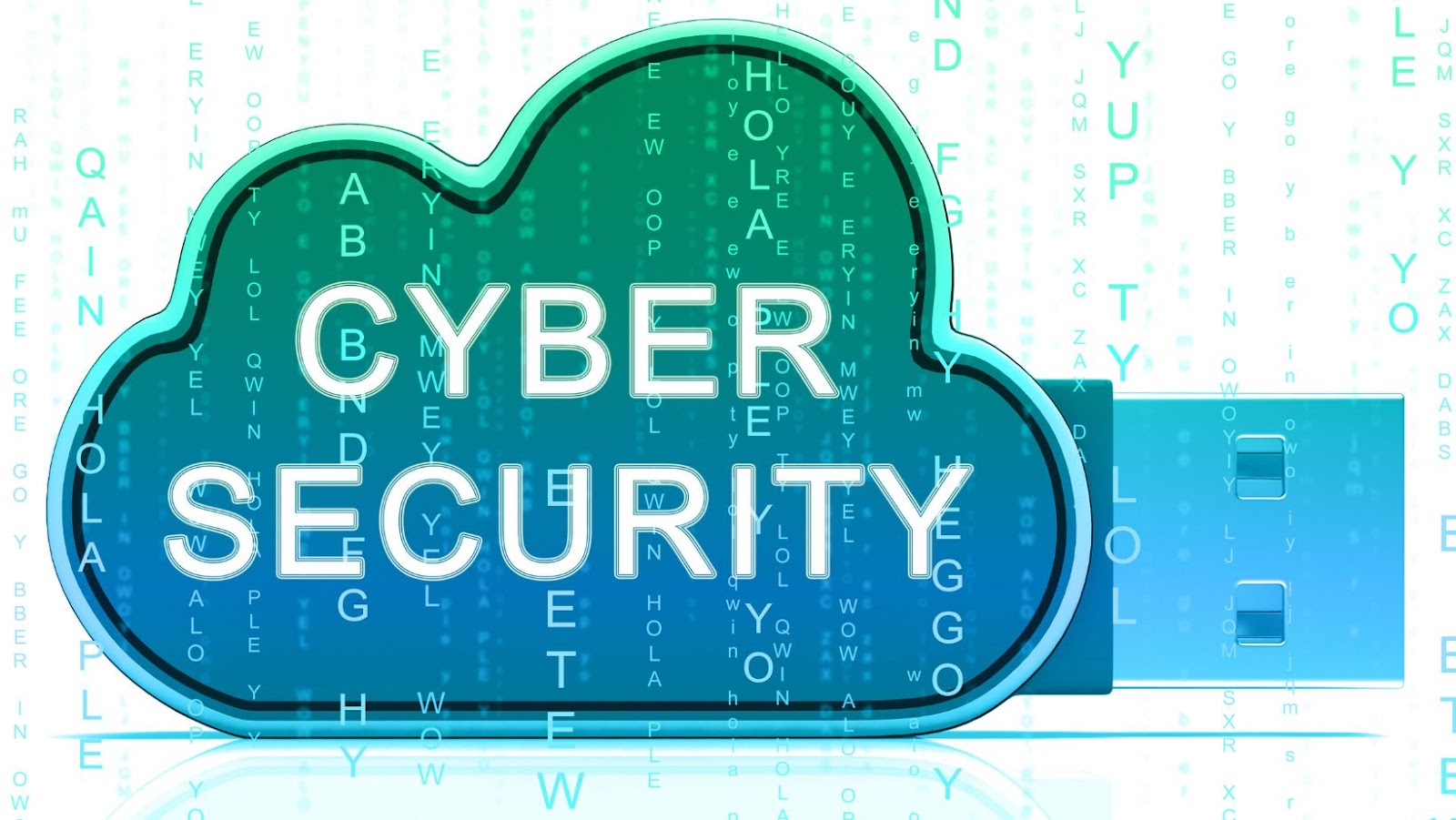
This article will discuss the benefits of using the PingOne platform to protect critical infrastructure.
Protect Critical Infrastructure with the PingOne Cloud Platform
PingOne is a platform designed to protect critical infrastructure, taking proactive measures to ensure the safety and security of users’ data and systems. Used by organizations of all sizes, combining cloud-delivered services with on-premise technology, PingOne provides a comprehensive suite of security and compliance solutions enabling organizations to identify, protect and monitor their important assets.
PingOne delivers fully integrated identity management solutions that enable organizations to safely manage identities across applications, data and devices at scale. With its robust identity access management (IAM) capabilities, PingOne helps prevent unauthorized access and maintain secure data practices in any environment. It supports traditional authentication methods and stronger authentication options such as biometrics or time-based one-time passwords (TOTP). Additionally, it provides the ability to monitor user activity in real time with an auditing feature that records every action performed by users inside and outside the organization.
PingOne also ensures regulatory compliance with its IT policy enforcement features. It enables organizations to set up policies for managing risks related to digital identity access while automating risk assessment processes with advanced analytics. In addition, by using PingOne’s policy engine, organizations can have peace of mind knowing their security posture is up-to-date with the latest requirements from international regulations like GDPR or SOC2.
In addition, PingOne offers services such as Cloud Access Security Broker (CASB) which embeds high levels of visibility into public cloud environments for companies to effectively manage user access. With its automated threat protection mechanisms powered by machine learning algorithms that identify malicious activities far more quickly than human operators can detect, enterprises can secure their cloud applications without sacrificing overall productivity or performance.

Benefits of Using PingOne
The PingOne Cloud Platform allows organizations to secure their critical infrastructure, including enterprise networks, websites, and mobile and cloud applications.
With PingOne’s secure authentication and authorization services, organizations can protect their data and networks from malicious actors.
This article will evaluate the benefits of leveraging the PingOne Cloud Platform for critical infrastructure protection.
Increased Security
As the IT landscape becomes increasingly complex, organizations must do more to protect their critical infrastructure from outside threats. The PingOne platform enables organizations to maintain a secure digital perimeter and control access to their applications and data. Through a single sign-on process, users can authenticate through PingOne’s identity network, allowing them to access privileged resources wherever they are. This fast and secure way of authenticating reduces logins that must take place for applications and services.
PingOne’s identity management system works with existing security infrastructures such as Multi-Factor Authentication (MFA), directory services, identity providers and more – ensuring only users with valid credentials access the corporate infrastructure. Access is managed through role based controls so administrators can define user permissions, roles, groups and authentication factors at different levels within their environment. This provides a granular layer of security for the organization.
Integrating with PingOne gives organizations increased visibility into user activity on any device anywhere in the world – identifying whether users are connected online or offline. In addition, any malicious activity on critical networks or systems is immediately detected due to powerful risk analytics capabilities embedded into the platform. Realtime notifications keep stakeholders informed of activities related to their account. At the same time, advanced encryption technologies encrypt sensitive data regarding users’ identities – providing an additional layer of safety in case information is stolen or mishandled.
Improved Efficiency
Businesses and organizations can benefit from improved efficiency by using the PingOne platform to protect critical infrastructure. The platform enables users to manage user access from one centralized area, providing an easy-to-use and consistent system for managing user access across the organization. This eliminates the need for multiple access systems that can be costly, time consuming, and difficult to maintain. Additionally, administrators can easily revoke or modify user access with a few clicks of a button without affecting any other systems or applications.
In addition to improved efficiency, PingOne has many other benefits that make it an ideal solution for protecting critical infrastructure. For example, it provides secure authentication and authorization standards, so users can feel confident that they are accessing information with strong safeguards. Organizations can also benefit from its automated tools which allow them to enforce security policies such as password complexity requirements or multi-factor authentication policies. Finally, PingOne is highly scalable, supporting large organizations’ varying security needs and expectations as their user base expands over time.

Reduced Costs
PingOne helps organizations reduce costs by using its Platform as a Service (PaaS) model to communicate and authenticate users. By using PingOne, organizations can avoid the cost of setting up and maintaining their authentication infrastructure. Additionally, PingOne’s unified identity platform eliminates the need for costly user support and maintenance services and multiple identity solutions to protect access to critical infrastructure.
PingOne’s comprehensive range of configurable security policy controls also reduces compliance monitoring and auditing costs through best practice managing user accounts and access rights. Depending on their security needs, organizations can benefit from the cost savings associated with configuring custom login flow options such as FaceID, TouchID, biometric authentication factors, or username/password combinations. Moreover, PingOne offers an API-first service architecture allowing developers to securely integrate its features into any website or application quickly and easily.
How PingOne Protects Critical Infrastructure
The PingOne Cloud Platform offers a comprehensive suite of security solutions enabling organizations to protect their critical infrastructure from threats.
With its advanced technologies, PingOne offers industry-leading data protection, comprehensive authentication, automated monitoring, and integrated compliance services, allowing organizations to stay one step ahead of malicious activities.
This article explores how the PingOne Cloud Platform helps protect critical infrastructure.
Multi-Factor Authentication
Multi-factor authentication (MFA) is a crucial layer of security that ensures additional safety measures are met before granting access to data or applications. PingOne’s MFA significantly bolsters protection against phishing, brute force attacks and other forms of cybercrime. In addition, by leveraging push-based and time-based one time passwords (TOTP), any sign-in process can be further secured by validating more than just the username and password.
Using PingOne for your organization’s MFA requirements reduces risk and saves money. The simplified technology helps decrease chances of mistakes during deployments, while advanced configuration options allow you to create personalized protocols for specific risk profiles or scenarios. In addition, PingOne technology provides strong customer authentication with out-of-band protection from various vulnerabilities that could impact users or systems in a critical infrastructure environment. Furthermore, the unified platform integrates easily into existing infrastructure and offers seamless integration with third party offerings for greater flexibility.
By utilizing PingOne’s enterprise security platform, your organization can be assured that multi-factor authentication is the most effective way to secure critical infrastructure in an ever changing landscape of cyber threats without sacrificing user convenience or performance.

Identity Verification
One of the core benefits of PingOne is its ability to quickly, securely and efficiently verify user identities. PingOne can be deployed within any complex operating network using the latest advances in identity-based authentication protocols, providing reliable identity assurance with very little overhead. In addition, robust user profile data can be used to create highly targeted access control policies tailored to individual scenarios.
PingOne provides an array of powerful tools for identity management and verification:
- Multi-factor authentication uses a combination of passwords, tokens, biometrics and other methods to guarantee the accuracy of a user’s identity.
- Data encryption protocols ensure that sensitive information is kept safe in transit or at rest.
- Adaptive authentication identifies potentially suspicious behavior during the login process so that unauthorised attempts can be blocked before they become a security threat.
- Regulatory compliance requirements are addressed through comprehensive policy management capabilities.
The benefits of using PingOne for identity verification include greater control over access permissions, enhanced privacy protection and improved regulatory compliance. In addition, by accurately representing who is accessing your organization’s systems and when, you can protect critical infrastructure more effectively than ever before.
Access Management
PingOne’s Access Management capabilities ensure that your employees and partners access a critical system safely, securely and reliably. Use PingOne’s Access Management resources to manage identities, configure user access to applications quickly and easily, and provide users a single sign-on (SSO) experience. With these tools, administrators can define which users can access certain systems and customize their experience.
You can use PingOne’s identity management platform to set up strong authentication mechanisms — such as multi-factor authentication — so that only the right people can view or modify the data in your critical systems.
PingOne’s Access Management also ensures that you keep applicability up-to-date with the most recent security standards and policies. This helps mitigate any risks associated with antiquated password protocols or outmoded applications features. It is also designed to scale with your enterprise, so you’re never left behind while dealing with complex cloud architecture scenarios or expanding customer bases.
Conclusion
Security is paramount for any organization, especially for those that manage and protect critical infrastructure. The PingOne cloud platform provides advanced secure access and identity management that helps enterprises to protect their critical infrastructure.
This article has explored how PingOne can enhance and secure critical infrastructure. In conclusion, leveraging the PingOne cloud platform for secure access and identity management can be a major asset in protecting critical infrastructure.
Summary of Benefits of Using PingOne
PingOne is a powerful platform designed to provide secure access for users and devices to critical infrastructure. It utilizes Identity-as-a-Service (IDaaS) to ensure authentication, authorization, single sign on, multi-factor authentication, and tokenization capabilities. The PingOne platform also helps organizations mitigate risk by providing granular control of access privileges, risk monitoring analytics and more.
PingOne allows organizations to manage user identities in one central place while giving visibility into user activity. This makes it easier to quickly detect malicious activity within the system by a user or device. The platform also enables privileged access management (PAM) to help ensure that only authorized personnel can access sensitive resources such as networks, applications and databases. Moreover, it provides granular control over exactly which privileges each individual must have for their role within the system by implementing Role Based Access Control (RBAC).
The PingOne platform is designed with strong data encryption methods that keep all data secure from external threats while allowing secure communication from various end points such as web browsers, mobile apps and other third party applications. Additionally, the platform allows organizations to monitor suspicious activities through an advanced security analytics solution that can detect anomalies in user behavior with machine learning technology.
In summary, organizations of all sizes benefit from using the PingOne platform for protecting their critical infrastructure due its ability to provide strong authentication methods for users and devices; offer granular access control; enable PAM; protect data; monitor suspicious activities; provide scalability; support federation between applications as well as organizations’ extended networks through single sign-on capabilities; provide high availability; and support flexible provisioning processes so they can maintain agility while meeting regulatory compliance requirements.
tags = Critical Infrastructure, PingOne Cloud Platform, National security, cyberattacks, US critical infrastructure, cloudflare crowdstrike identity critical defense usrileysiliconangle, hospitals and health systems
